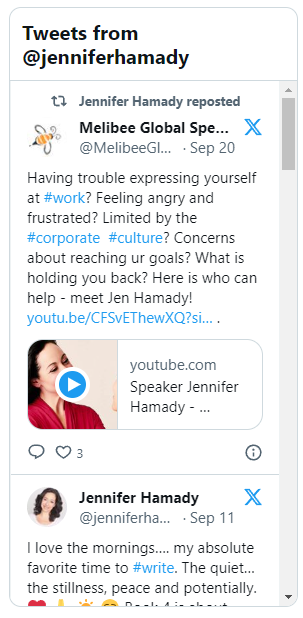When I was younger, I tried to find peace by being “not anxious.” Rising in the morning, I would check in with myself and breathe a sigh of relief when anxiety was at bay, marveling at its absence. But, soon, I would feel the tingles of anxiety’s approach, its tentacles beginning to pull at me once again.
In hindsight, and even at the time, it often felt that by warily watching and praying for anxiety’s absence, I was somehow calling it into being.
In my practice, I have noticed the same to be true when it comes to tension in vocal training. A good part of learning to sing involves trying to root out and release it. Yet, by looking to tension as a guide—by constantly measuring ourselves and our voices against whether or not or how tense we are—the idea and experience of tension remain present. And they persist.
Vocal Training and Anxiety Mitigation
Vocal training and anxiety mitigation, therefore, have much in common. What we resist indeed persists; when we constantly check to see whether we are anxious in an effort to will ourselves into a calm state, we are in fact reinforcing the very thing we want to avoid.
“Not anxious” may seem to be the flip side of anxiety, just as “not tense” appears to be the opposite of tension.
But it is the same coin.
Duality does not yield peace, or ease. Polarities are merely magnetized extremes between which the pendulum shifts with increasing momentum.
Only by letting go of our fear of anxiety can we experience peace.
Only by letting go of the notion of tension can we grasp true freedom.
Meeting Anxiety With Compassion and an Open Mind
By setting aside the mantles of tension and anxiety—by not resisting and making them wrong—we summon the courage to meet them face to face. Not with the fear of a foe. But with compassion and an open mind to the wisdom that they have been trying to share with us, likely for a long time:
What have we been resisting?
What is it that we truly fear?
What are we running from inwardly, in all of our outward racing?
The voice, in particular, loves to broadcast these questions in the form of tension, acid reflux, and a host of other problems, all in an effort to slow us down and have us ponder the questions, to encourage us to pay attention to the answers, and to heal.
When we view our tension and anxiety as teachers, rather than enemies—when we allow them to be—the fog dissipates, and we can see what exists in their absence:
Silence. And stillness.
Perhaps at first, only for a moment or two. But in time, peace and ease descend. Along with curiosity, awe, and even reverence.
This is not an anxiety-free or tension-free way of being.
But rather, a way of simply being.

